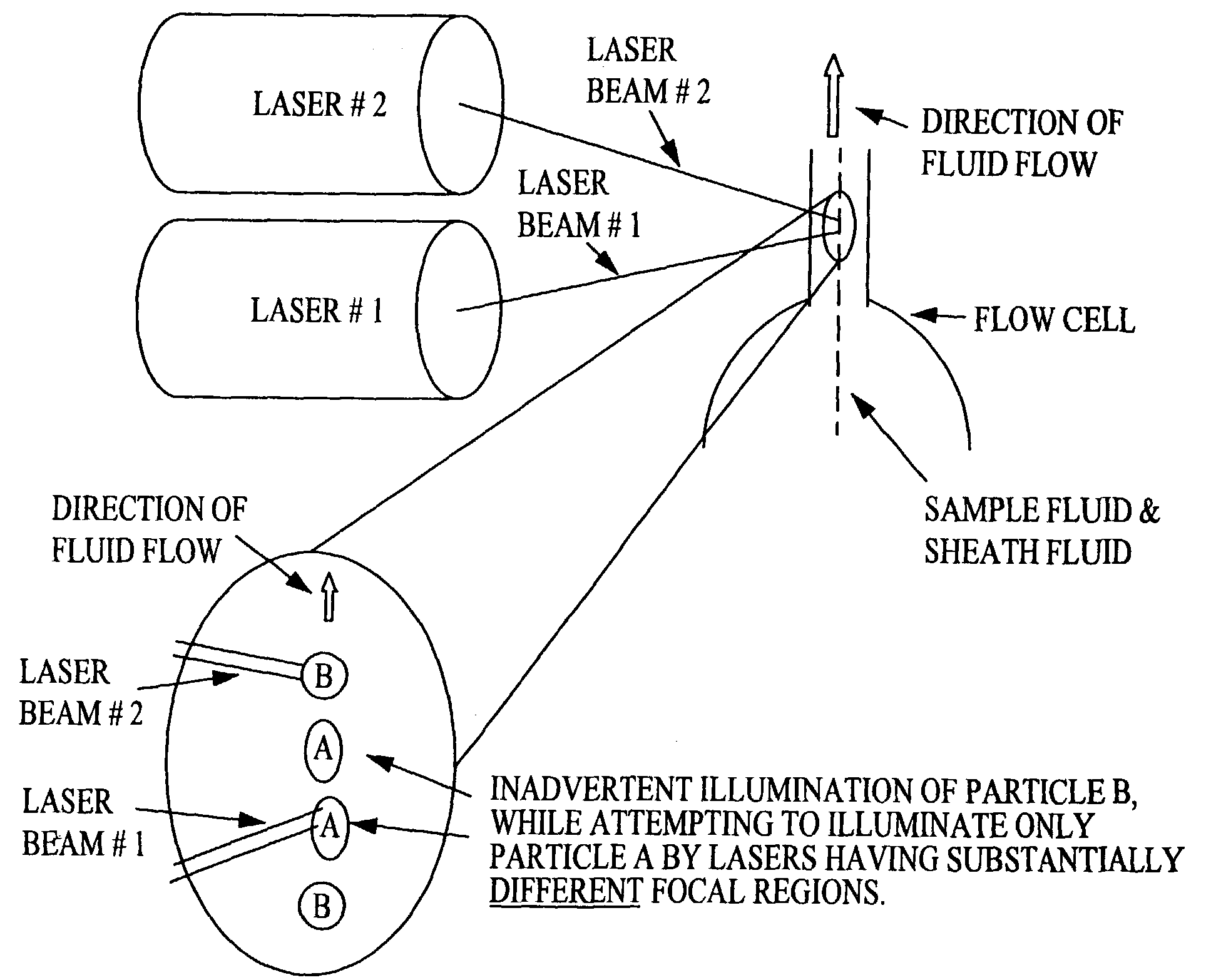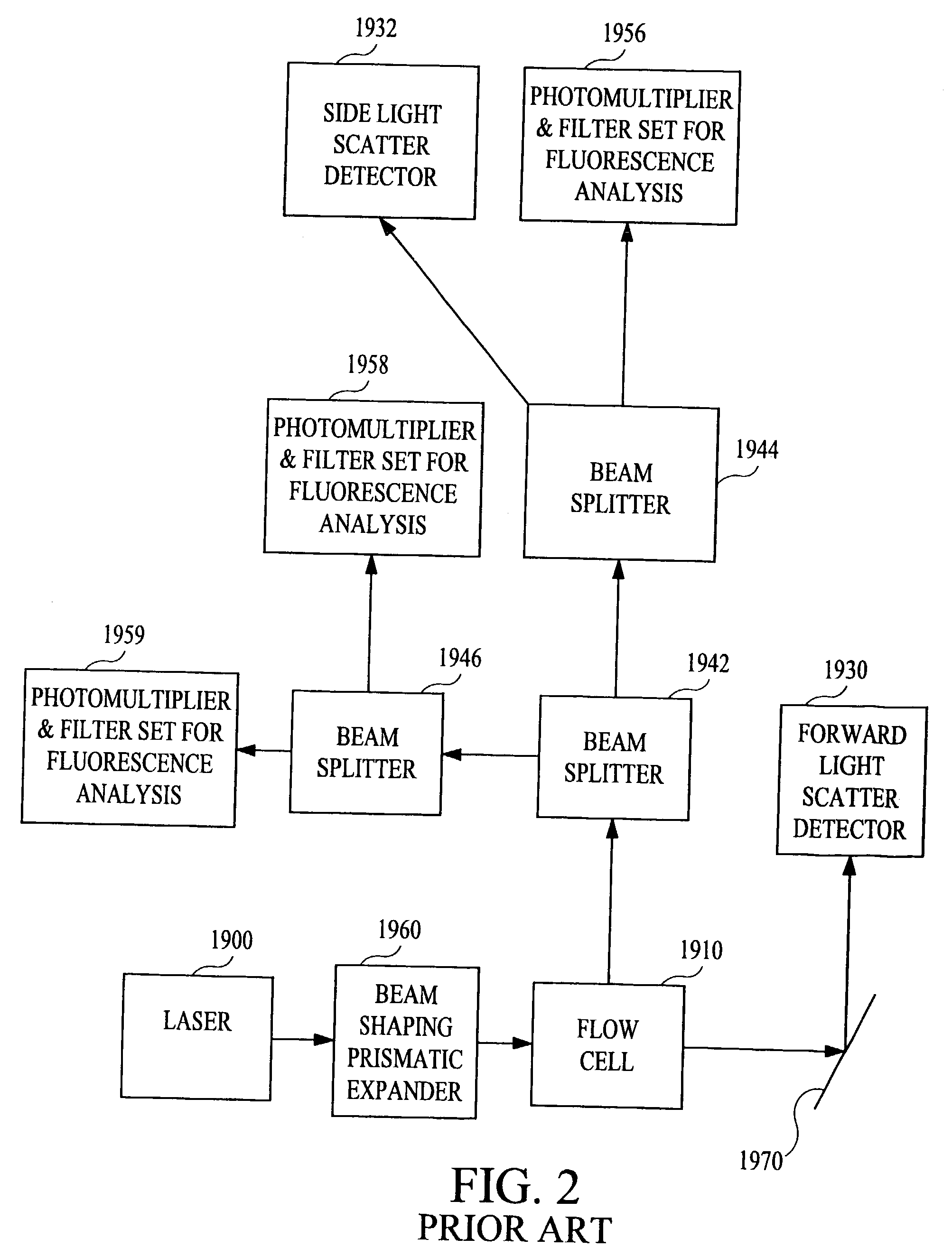Multi-analyte diagnostic system and computer implemented process for same
a multi-analyte, diagnostic system technology, applied in the direction of instruments, fluorescence/phosphorescence, specific gravity measurement, etc., can solve the problems of increasing the time needed to analyze the sample, crimping the amount of analysis that can be done on any one sample, and inability to be seen in emergency room environments. , to achieve the effect of reducing the variability of human judgment and subjectivity, facilitating easy on-site repair and component upgrade, and reducing the dead tim
- Summary
- Abstract
- Description
- Claims
- Application Information
AI Technical Summary
Benefits of technology
Problems solved by technology
Method used
Image
Examples
Embodiment Construction
[0144]Generally, the instant multi-analyte diagnostic system performs on a biological sample, bioassays including, for example, immunoassays, complex genetic analyses, and enzymatic assays. To this extent and others U.S. application Ser. No. 08 / 540,814 to Van S. Chandler et al. is incorporated herein by reference in its entirety.
[0145]The biological sample to be tested using the instant invention, for example, includes plasma, serum, tears, mucus, saliva, urine, pleural fluid, spinal fluid, gastric fluid, sweat, semen, vaginal secretion, fluid from ulcers and / or other surface eruptions, blisters, abscesses, and / or extracts of tissues, such as biopsies of normal, malignant, and / or suspect tissues.
[0146]The analytes of interest for these bioassays include, for example, antigens, antibodies, autoantibodies, peptides, proteins, nucleic acid sequences, and / or enzymes. The antigenic analytes, for example, includes bacterial, viral, fungal, mycoplasmal, rickettsial, chlamydial, and / or prot...
PUM
| Property | Measurement | Unit |
|---|---|---|
| quantum efficiency | aaaaa | aaaaa |
| quantum efficiency | aaaaa | aaaaa |
| sizes | aaaaa | aaaaa |
Abstract
Description
Claims
Application Information
 Login to View More
Login to View More - R&D
- Intellectual Property
- Life Sciences
- Materials
- Tech Scout
- Unparalleled Data Quality
- Higher Quality Content
- 60% Fewer Hallucinations
Browse by: Latest US Patents, China's latest patents, Technical Efficacy Thesaurus, Application Domain, Technology Topic, Popular Technical Reports.
© 2025 PatSnap. All rights reserved.Legal|Privacy policy|Modern Slavery Act Transparency Statement|Sitemap|About US| Contact US: help@patsnap.com



